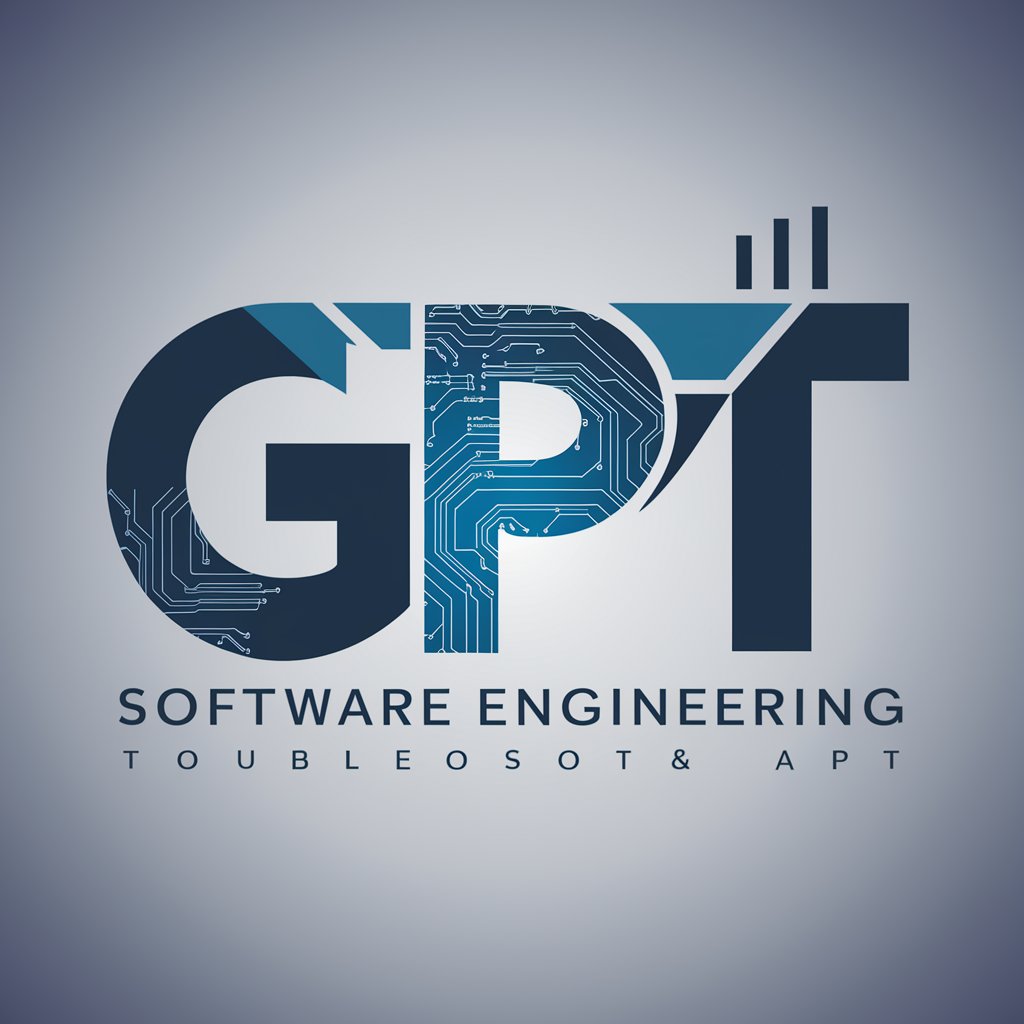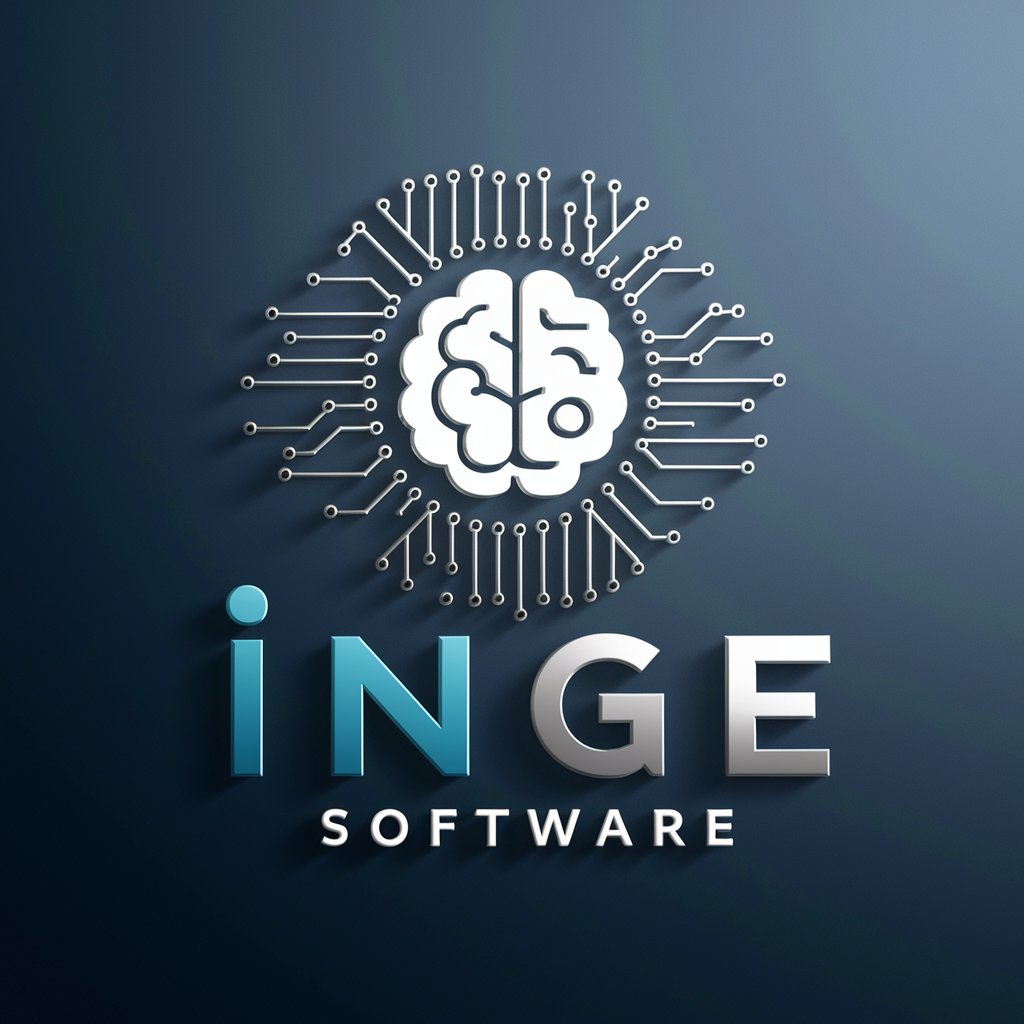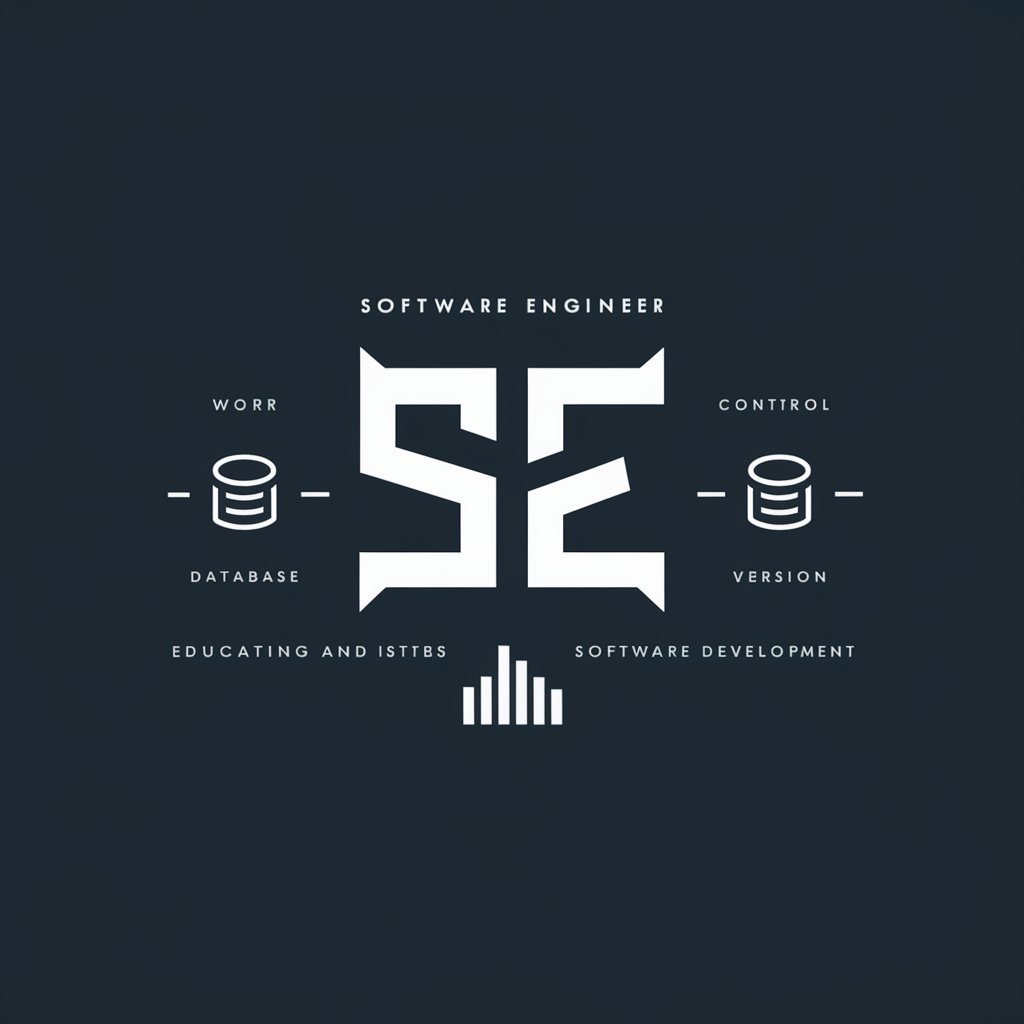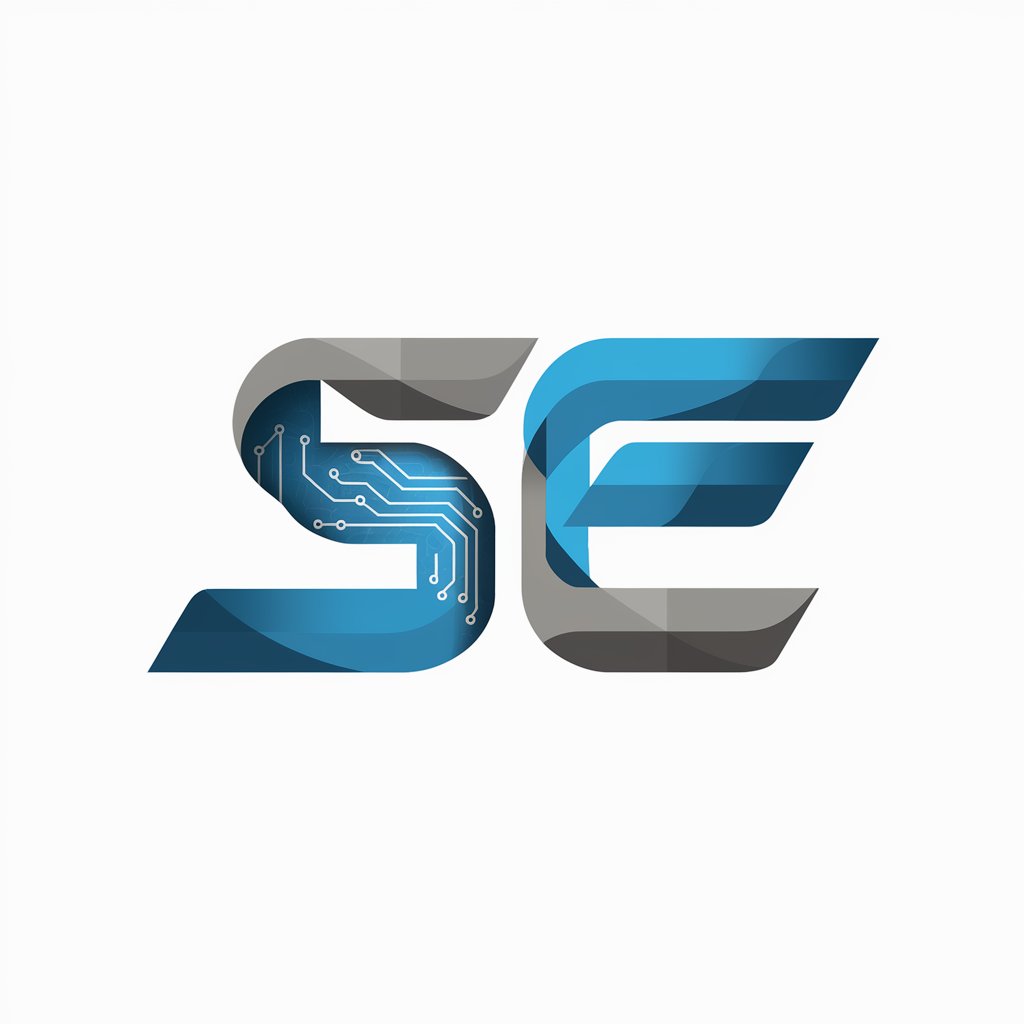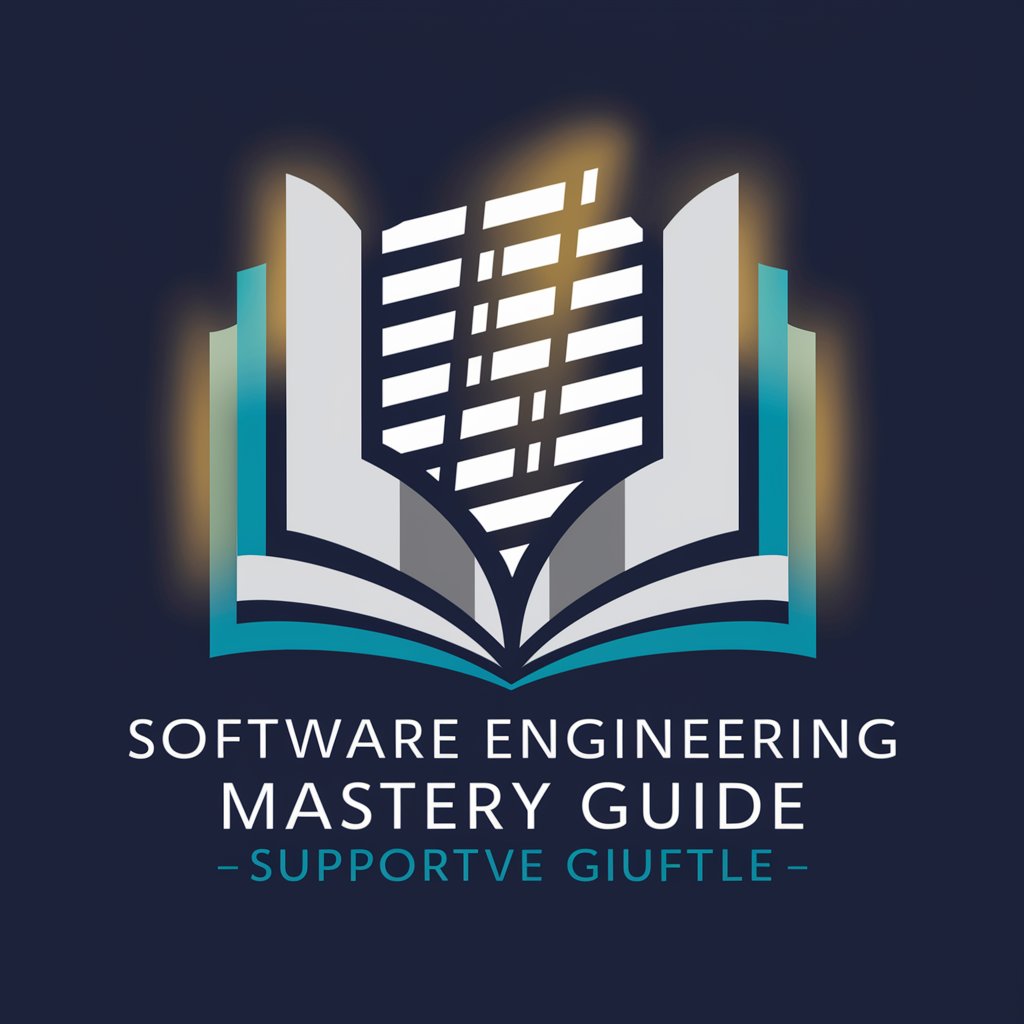
Software Engineering - AI-Driven Coding Assistant

Hello! How can I assist you with your software engineering needs today?
Enhancing Engineering with AI
Explain the concept of object-oriented programming.
What are the best practices for version control in software development?
How can I improve my debugging skills in Python?
Describe the differences between Agile and Waterfall methodologies.
Get Embed Code
Overview of Software Engineering
Software engineering is the disciplined application of engineering principles and practices to the design, development, maintenance, testing, and evaluation of software. The field integrates significant aspects of computer science, project management, and engineering to develop software products that are reliable, efficient, scalable, and meet user needs. Examples of software engineering include the development of operating systems, business applications, network control systems, and embedded systems. A scenario illustrating software engineering in action is the creation of a mobile banking app that requires robust security, user-friendly interfaces, and integration with banking databases and transaction processing systems. Powered by ChatGPT-4o。

Key Functions of Software Engineering
Requirements Gathering
Example
For instance, before developing a new software application, engineers perform stakeholder interviews to gather functional and non-functional requirements.
Scenario
In the context of a hospital management system, this involves understanding the need for patient record management, appointment scheduling, and integration with pharmacy services.
System Design
Example
This involves creating architectural blueprints that outline the software's structure, components, interfaces, and data flow.
Scenario
Designing an e-commerce platform may include architecting a microservices setup where each service handles a specific part of the transaction process, like payments, inventory management, and customer relations.
Software Development
Example
This stage translates designs into functional software through coding. Common programming languages include Java, Python, and C#.
Scenario
Developing a real-time multiplayer gaming application involves writing efficient, low-latency server code and using frameworks that support asynchronous communication.
Testing and Quality Assurance
Example
Engineers conduct various types of tests, such as unit testing, integration testing, and stress testing, to ensure the software meets quality standards.
Scenario
For a mobile application, this could involve testing on multiple devices to ensure compatibility and responsiveness under different hardware conditions.
Maintenance and Updates
Example
After deployment, software needs regular updates to fix bugs, patch security vulnerabilities, and add new features.
Scenario
An online shopping website regularly updates its software to enhance user interface design and integrate new payment methods, ensuring a seamless shopping experience.
Target User Groups for Software Engineering Services
Tech Startups
Emerging technology companies benefit greatly from software engineering to build innovative products rapidly and scale their operations. Services like agile project management, scalable architecture design, and continuous integration/continuous deployment (CI/CD) practices are particularly beneficial.
Large Enterprises
Large organizations use software engineering to manage complex, multi-layered systems that require robustness and scalability. These companies benefit from specialized software solutions that streamline operations, enhance data security, and integrate various departments and functions.
Educational Institutions
Universities and schools use software engineering to develop educational tools, manage student information systems, and facilitate online learning. Custom software solutions help these institutions enhance educational delivery and manage administrative tasks efficiently.
Government Agencies
Government bodies leverage software engineering to digitize services, improving accessibility and efficiency in public service delivery. This includes systems for tax processing, electronic voting, and public records management.

How to Use Software Engineering
1
Start by visiting yeschat.ai for a free trial, which doesn't require any login or a subscription to ChatGPT Plus.
2
Choose your software engineering problem or topic from the provided categories, such as coding languages, software methodologies, or career advice.
3
Engage with the AI by typing specific questions or describing the software development issue you need help with, to get the most accurate guidance or solutions.
4
Utilize the resources and code examples provided by the AI to deepen your understanding or to solve your specific issues.
5
Regularly use the platform to refine your skills, stay updated on best practices, and enhance your software engineering career.
Try other advanced and practical GPTs
Bonsai Fertilizer
Empower Your Bonsai with AI-Driven Care

Career Coach
Empowering Your Career Choices with AI

CSS Creator GPT
Automate Your CSS Designs
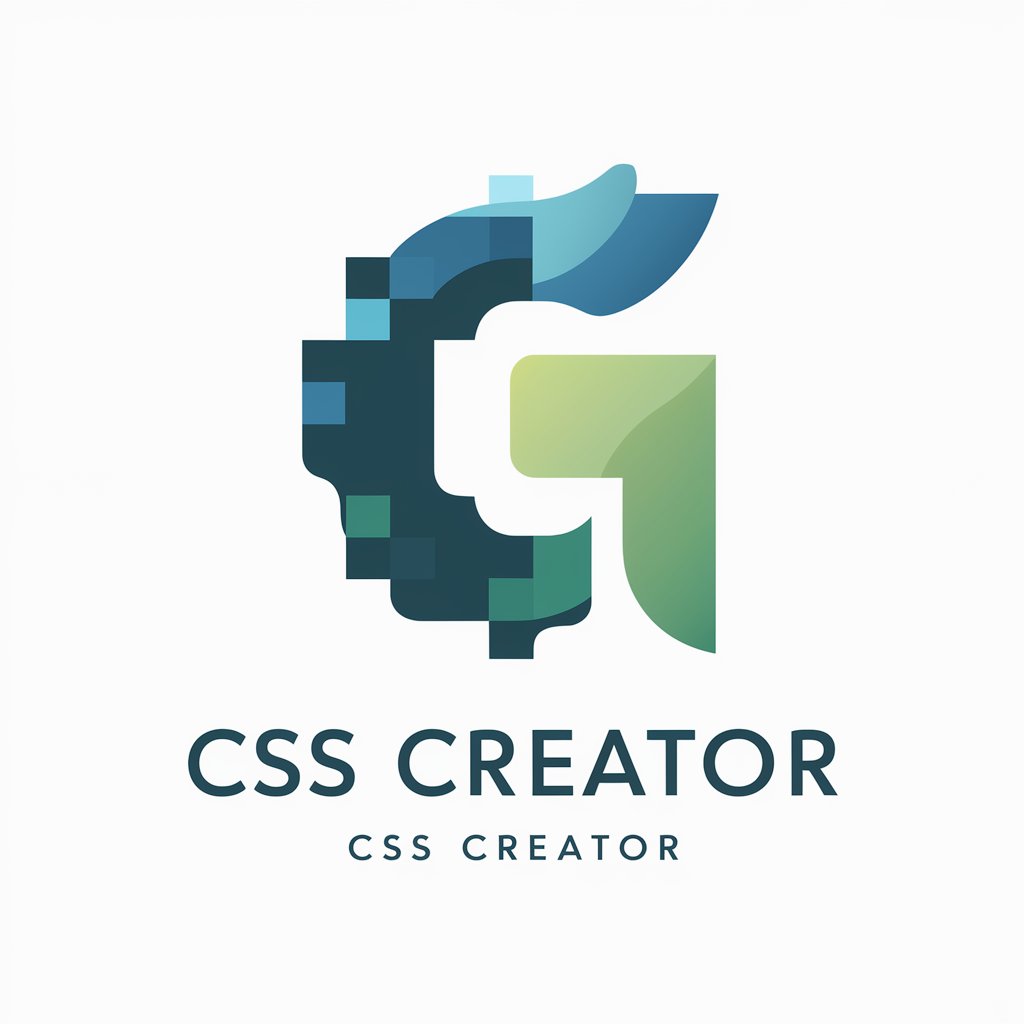
Gurdle
Unlock words with AI power!

Icarus AI
Empower Decisions with AI Insights
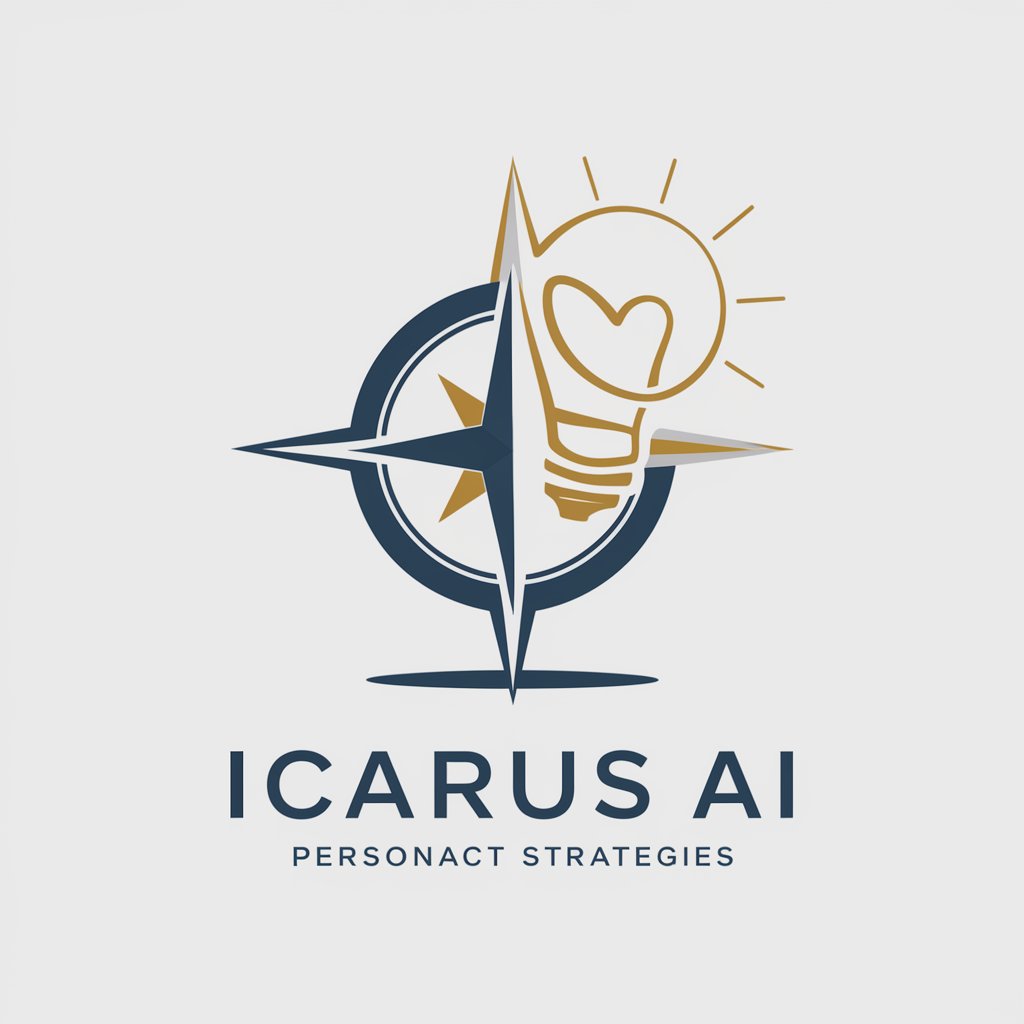
Essay Architect
Your AI-powered guide to essay excellence.

Pantry Chef
Cook Smart with AI-Powered Recipes

广告文案大师
Empower Your Words with AI
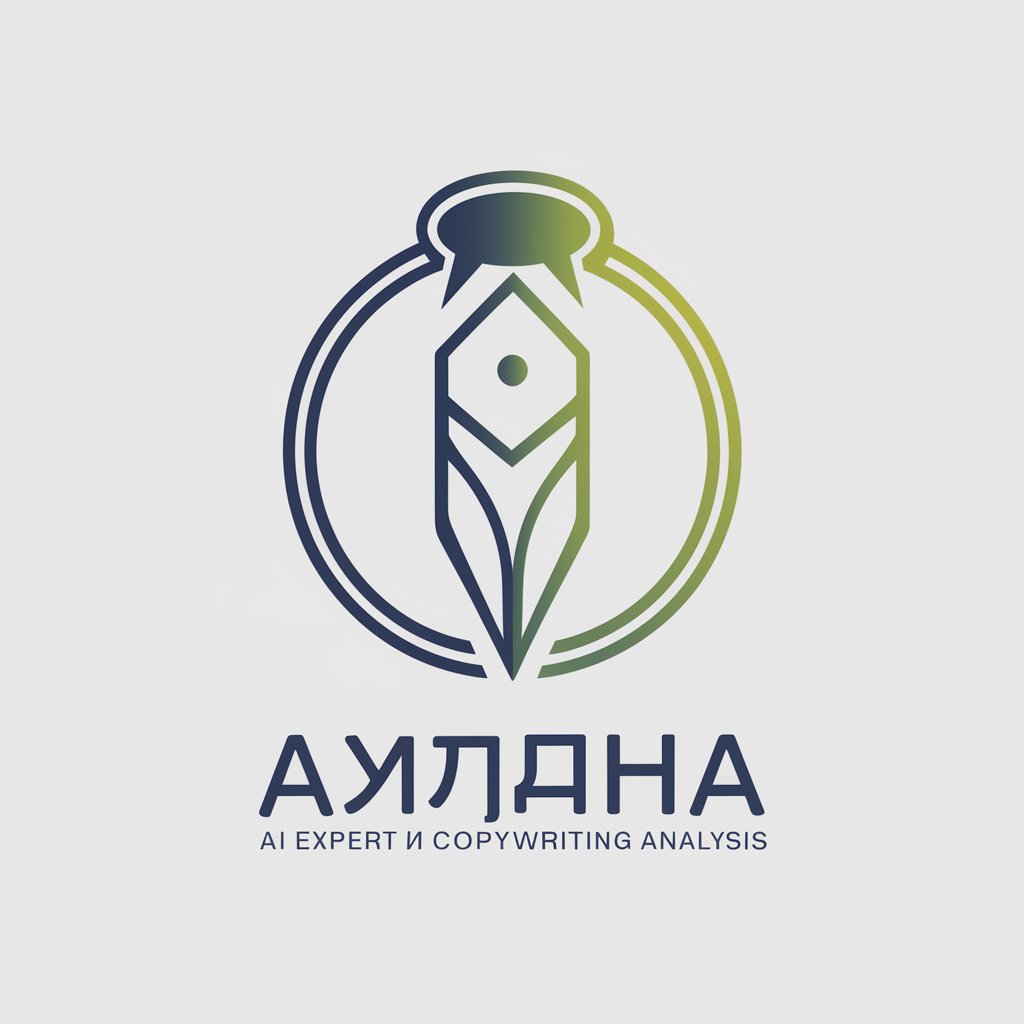
Chatbot Dialogue Composer
Craft Conversations, Harness AI

Data Genie
Empowering Innovation with AI
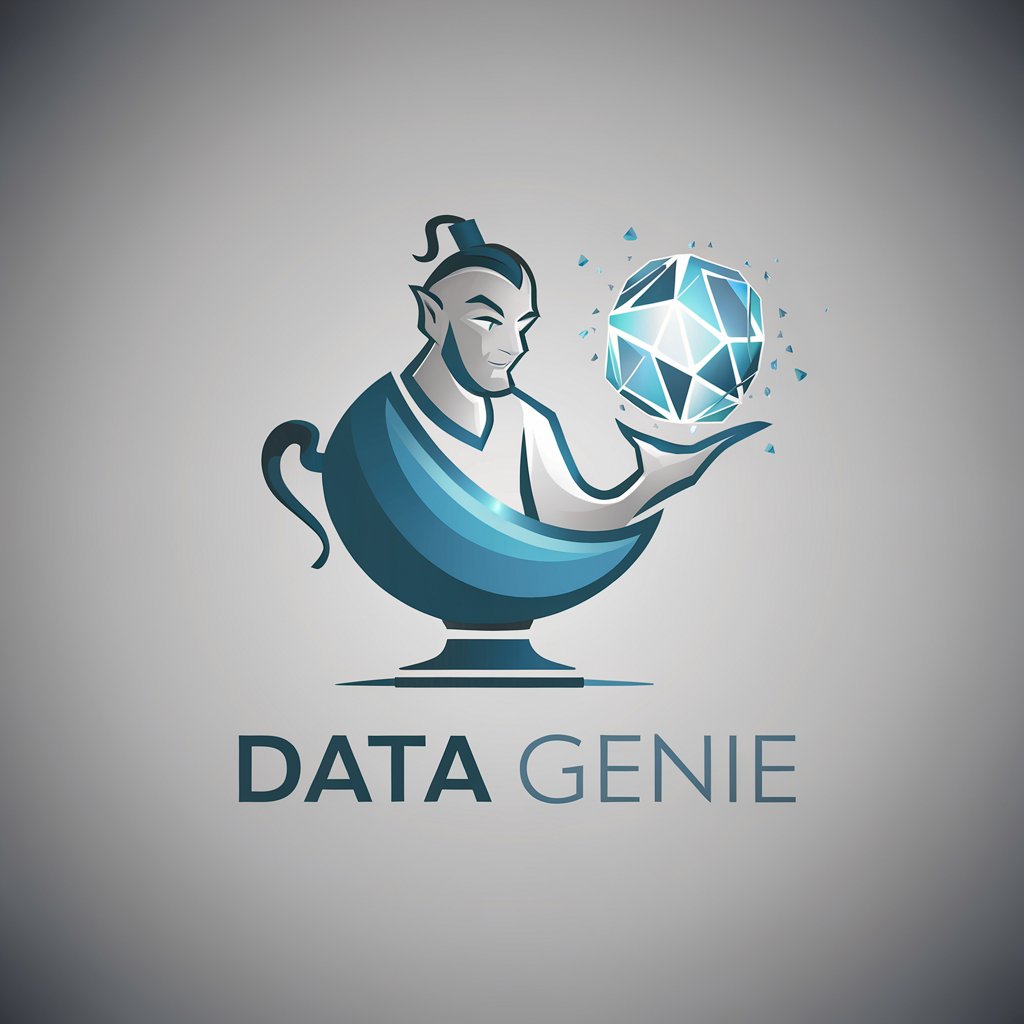
AI Market Scout
Empowering Market Decisions with AI

Cherokee Language Support GPT
Enhance Your Cherokee with AI

Detailed Q&A on Software Engineering
What coding languages can Software Engineering help me with?
Software Engineering can assist you with a variety of programming languages including Python, Java, JavaScript, C#, and more. It provides syntax help, troubleshooting, and best practices.
How does Software Engineering assist with Agile methodologies?
The tool offers guidance on implementing Agile practices such as Scrum and Kanban, including setting up sprints, managing backlogs, and facilitating scrum meetings.
Can Software Engineering provide career advice?
Yes, it offers insights into career paths, skill development, interview preparation, and staying updated with industry trends, tailored to both beginners and experienced professionals.
Does Software Engineering offer help with database management?
Yes, it covers SQL and NoSQL databases, offering assistance with database design, query optimization, and performance tuning.
Can I learn about software testing with this tool?
Absolutely, it covers unit testing, integration testing, system testing, and automation testing, along with frameworks and tools like JUnit, Selenium, and Postman.
